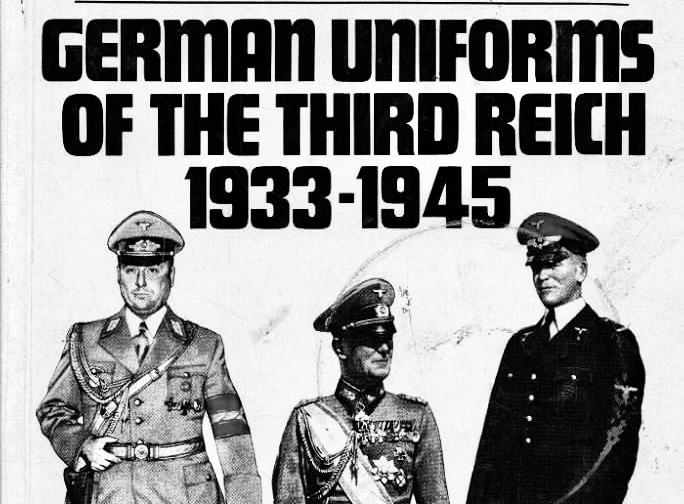The Evolution of German WWII Uniforms: A Brief History
German military uniforms during World War II are iconic, reflecting both functionality and the political ideology of the Third Reich. The evolution of these uniforms was driven by practicality, mass production needs, and the varying environments in which German forces operated.
Early War Uniforms: Tradition Meets Modern Warfare
At the outbreak of WWII, the Wehrmacht (German Army) wore the M36 field uniform, a design that combined modern military utility with traditional Prussian influences. Made from high-quality wool, the M36 featured a green-grey tunic with dark green collars and a matching field cap. Insignias and piping denoted rank and branch. Officers often wore tailored versions, reflecting Germany’s historical emphasis on military professionalism.
Mid-War Adjustments: Practicality Takes Over
As the war progressed and extended into harsh climates like the Russian front, the need for efficiency and adaptability led to the introduction of the M40 and M43 uniforms. These simplified designs replaced earlier models, using lower-quality materials and reducing ornamental details. The M43 introduced a single-color field-grey uniform and a standardized cap, balancing cost and functionality.
Specialized and Camouflage Uniforms
Germany was a pioneer in the use of camouflage uniforms. Elite units like the Waffen-SS adopted reversible camo smocks and zeltbahn ponchos in patterns like “Platanenmuster” and “Eichenlaubmuster,” designed for concealment in diverse terrains. These uniforms were a stark contrast to the plain field-grey of standard troops and influenced post-war military camouflage designs globally.
Late-War Shortages and Improvisation
By 1944-1945, the strain on German industry was evident. Uniforms were increasingly made from ersatz (substitute) materials, and troops often lacked standard issue items. Captured and improvised gear became common, reflecting the deteriorating state of the Wehrmacht.
Legacy and Collectibility
German WWII uniforms remain a subject of historical interest and collection today. Their design, craftsmanship, and symbolism offer a window into the military and cultural priorities of Nazi Germany, while serving as a sobering reminder of the conflict’s human cost.
Understanding these uniforms requires careful attention to their context, both as functional military gear and as tools of propaganda. For collectors and historians alike, they represent a complex chapter of military history.

